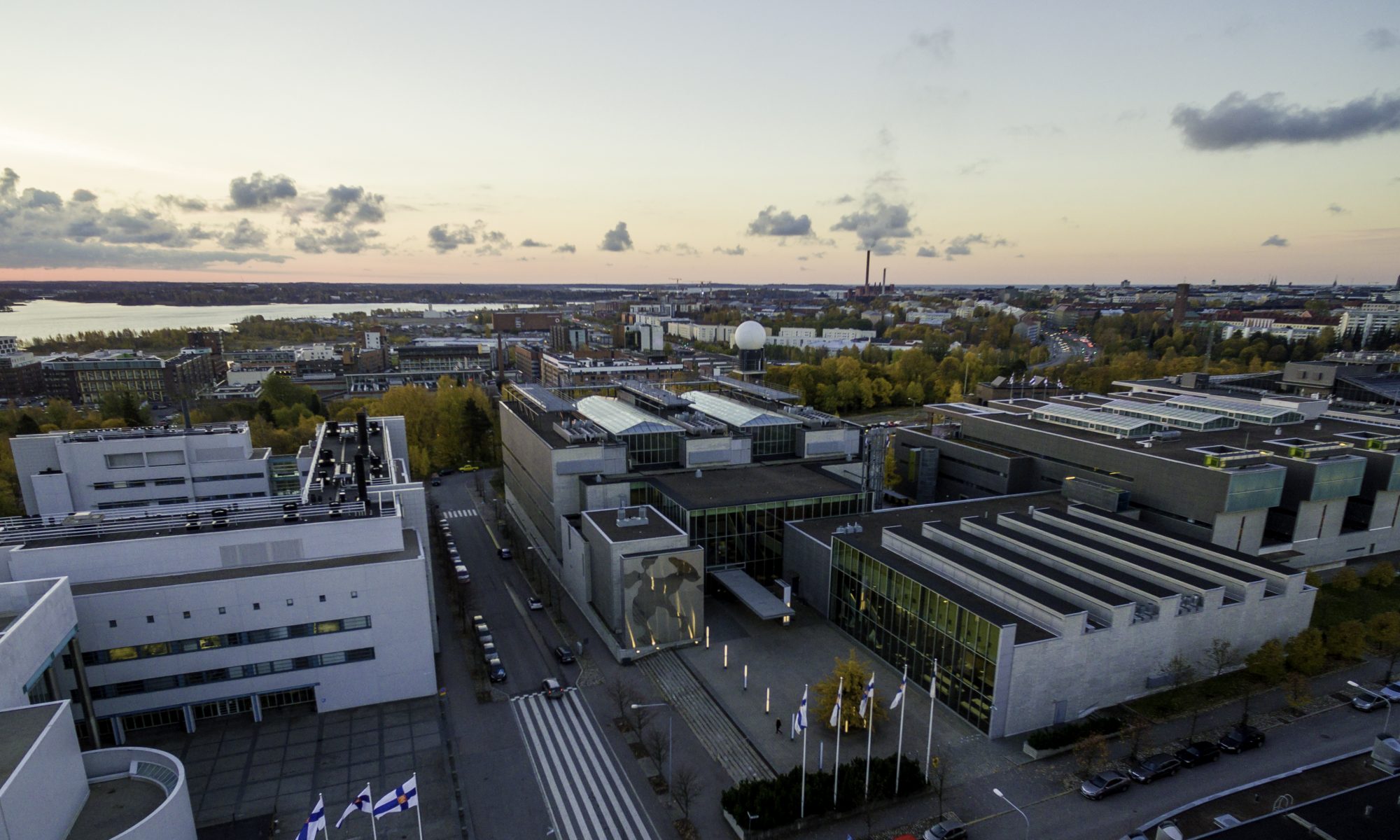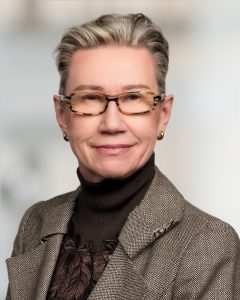 Our first Physics Colloquium for the new academic year will take place on Friday, October 7th. We will have a presentation to be given by Aleksi Vuorinen, who recently became a Full Professor in our department.
Our first Physics Colloquium for the new academic year will take place on Friday, October 7th. We will have a presentation to be given by Aleksi Vuorinen, who recently became a Full Professor in our department.
Aleksi obtained his PhD in theoretical physics at the University of Helsinki in 2004. After postdocs at the University of Washington and CERN, he established his own group in Bielefeld, funded by the Sofja Kovalevskaja award. He then returned to Helsinki as an Academy Research Fellow in 2013, where he obtained an ERC Consolidator Grant in 2016. His research interests focus on quantum chromodynamics and other quantum field theories at nonzero temperature and density, with applications to the physics of neutron stars and the early Universe. In 2022, he received the Magnus Ehrnrooth Award for his work on the application of quantum chromodynamics to the properties of high-density quark matter.
In his colloquium, titled Neutron-star cores as a laboratory for particle physics, Aleksi will present recent results on the physics taking place in the heart of neutron stars.
The event was held on Friday 07.10.22 at 14:15, in Physicum E204.
Link to video: https://unitube.it.helsinki.fi/unitube/embed.html?id=b8a5ad64-6366-4ff3-871f-10aeb011e37d
Here is his abstract:
Neutron stars contain the densest matter found in our present-day Universe, with the density of their cores greatly exceeding that of individual nucleons. These conditions may in fact be extreme enough for the appearance of an entirely new phase of matter consisting of quarks and gluons liberated from their color confinement: quark matter. Whether this is indeed the case and massive neutron stars contain quark-matter cores is one of the major unsolved problems of modern nuclear astrophysics.In my talk, I will describe recent efforts to combine ab-initio nuclear and particle theory calculations with neutron-star observations to constrain the properties of matter inside neutron-star cores. Our earlier results have already indicated that the centers of maximally massive neutron stars behave in a way expected of deconfined quark matter – a conclusion that has recently been strengthened by our new preliminary data. I will argue that with expected improvements from both particle theory calculations and astrophysical measurements, a robust discovery of quark-matter cores is only a matter of time.


 will take place on Friday, March 25th. We will have a presentation on 2D material systems to be given by Thomas Michely, who is
will take place on Friday, March 25th. We will have a presentation on 2D material systems to be given by Thomas Michely, who is  Our next Physics Colloquium will take place on Friday, March 4th. We will have a presentation on the European Innovation Council to be given by Marja Makarow, President of
Our next Physics Colloquium will take place on Friday, March 4th. We will have a presentation on the European Innovation Council to be given by Marja Makarow, President of  s Colloquium for the year 2022 will take place on Friday, January 28th. We will have a presentation to be given by Kimmo Tuominen, who recently became a Full Professor in our department.
s Colloquium for the year 2022 will take place on Friday, January 28th. We will have a presentation to be given by Kimmo Tuominen, who recently became a Full Professor in our department.